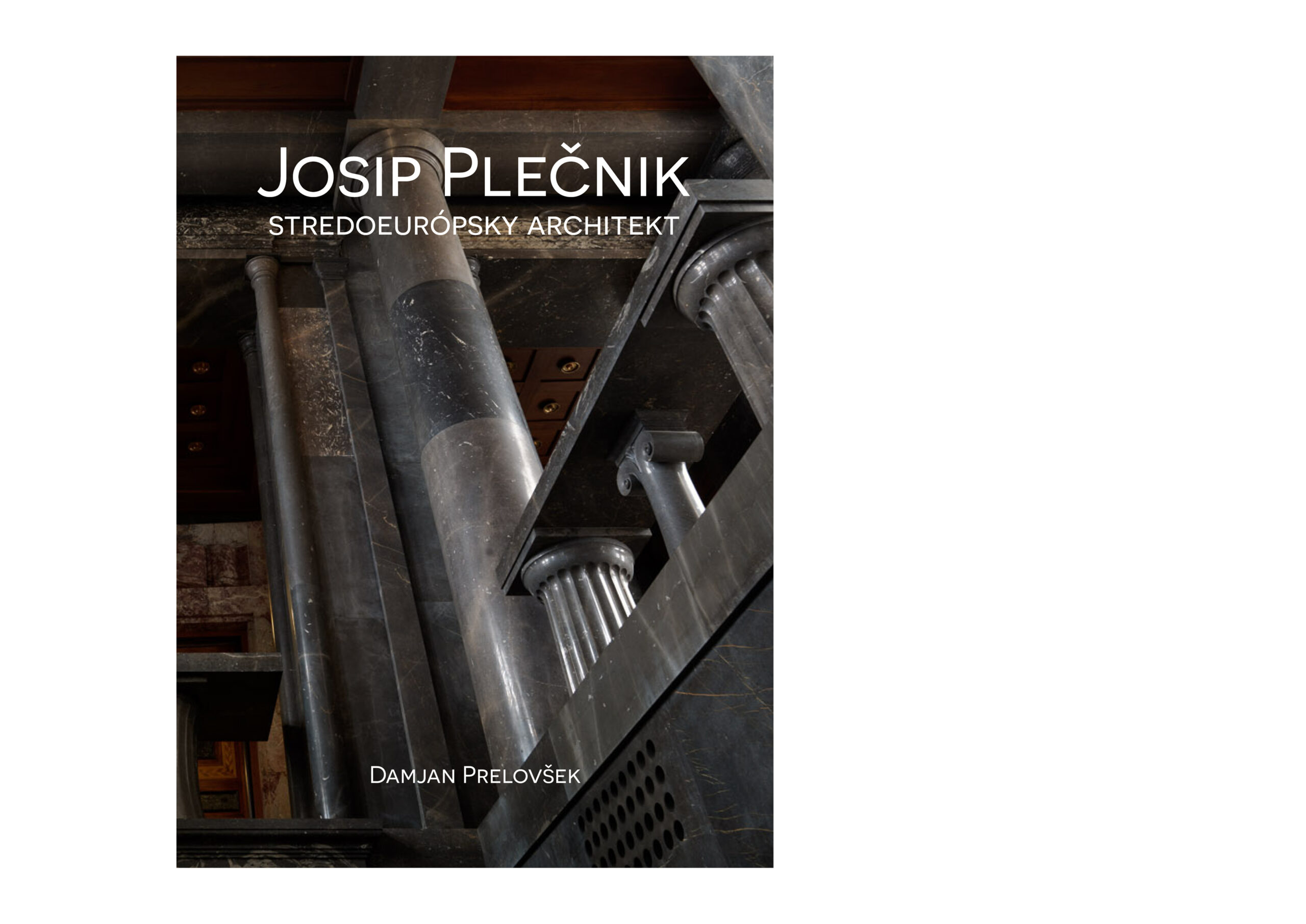More than a century has passed since Josip Plečnik left his position as a professor at the Prague School of Applied Arts and more than a quarter of a century since the Grand Exhibition on his work took place at Prague Castle. His work in Prague was also well-received in Slovakia. He himself collected artifacts of Slovak folk art, and his students, especially Jindřich Merganc, had a significant impact on the development of Slovak architecture. Because his work has lost none of its relevance, we want to commemorate him today with a unique exhibition at Bratislava Castle.
It will present all three stages of his life and artistic journey. The early period in Vienna from 1892 to 1911, where he worked his way up from a journeyman carpenter to a student at the prestigious school of Prof. Otto Wagner at the Academy of Fine Arts, becoming his leading collaborator and later an independent architect who gained respect for designing the Zacherl Palace and the Church of the Holy Spirit. When the heir to the throne Ferdinand d’Este prevented Plečnik’s appointment as successor to Prof. Wagner, his second creative period began: his school friend Jan Kotěra promoted him to the position of professor at the Czech School of Applied Arts, and so Plečnik moved to Prague in 1911, where he trained as many as fifty leading Czech architects in just 10 years. In 1921, the final stage of his life began. He accepted a professorship in his native Ljubljana, but at the same time he served as leading architect at Prague Castle during the time of the first Czechoslovak president Tomáš Garrigue Masaryk, to which he gave the current dignified appearance to represent the presidency with excellent modifications. At the same time, he began to reshape the face of the Slovenian metropolis, which he enriched until his death with a number of urban ensembles and architectural standalones. Forgotten in the era of the late modernism, Josip Plečnik was rediscovered with an exhibition at the Centre Pompidou in Paris in 1986 and later with an exhibition at Prague Castle in the summer of 1996. In his work, he connects the traditions of ancient and Renaissance architecture with a modern understanding of space and innovative technological methods in an original way. Therefore, his work is also inspiring for contemporary Central European architecture.
The exhibition will present the phases of Plečnik’s life and work in Ljubljana, Vienna and Prague, as well as his influence on the Slovak scene in individual sections. The exhibits will be enriched with unique documents from state and private collections and supplemented with a large number of architectural models and artifacts lent by museum and gallery collections in Slovenia, Austria, the Czech Republic and Slovakia. The main curators of the exhibition are Damjan Prelovšek, Vladimír Šlapeta, Boris Podrecca and Zdeněk Lukeš.
Publication Josip Plečnik, Central European Architect
A dedicated book will be published to accompany the exhibition, which will expand on the knowledge about Plečnik’s work and his influence in the international context, as well as the contemporary reflection on his timeless work, including modern reconstructions of his buildings. The book will provide a deeper insight into the individual phases of his work, with an emphasis on his relationship with the architectural traditions of antiquity, the Renaissance and modernism.
The publication is edited by Damjan Prelovšek, one of the leading experts on Plečnik’s architecture. It will be published in Slovak and English and will become a permanent legacy of this unique exhibition, expanding awareness on one of the most important architects of Central Europe.
Prague, March 10, 2025
Authors and curators
Damjan Prelovšek, Vladimír Šlapeta, Boris Podrecca and Zdeněk Lukeš






 Čeština
Čeština